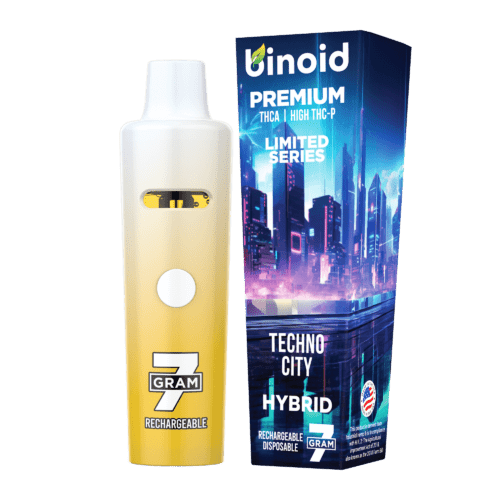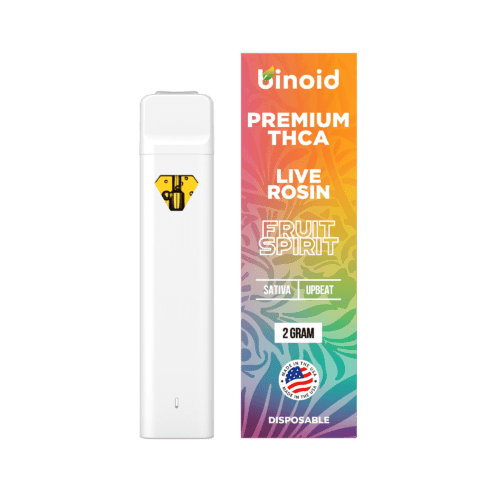
What Does THCA Do to You? Scientific Breakdown
The world of cannabinoids is vast, diverse, and filled with intrigue. Among the many compounds that cannabis plants produce, tetrahydrocannabinolic acid, or THCA, has garnered growing attention for its unique properties. While much of the spotlight tends to fall on tetrahydrocannabinol (THC) and cannabidiol (CBD), THCA offers its own distinctive contributions to the cannabis experience, particularly on the scientific and biological sides.
To Buy THCA Products Click Here
-
Product on sale
 THCA Disposable 2 Gram – Gourmet Desserts$37.99
THCA Disposable 2 Gram – Gourmet Desserts$37.99$73.00 -
Product on sale
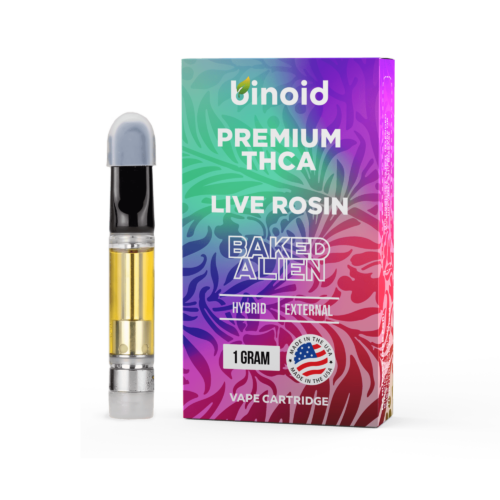 THCA Vape Cartridge Baked Alien – Live Rosin$30.99
THCA Vape Cartridge Baked Alien – Live Rosin$30.99$59.99 -
Product on sale
 Super 7 Tincture – 7000mg$39.99
Super 7 Tincture – 7000mg$39.99$59.99
THCA: A Quick Overview
Before exploring the biological effects of THCA, it’s important to understand what it is. THCA is a precursor to THC. Found in raw cannabis, THCA is non-psychoactive, meaning it does not produce the “high” associated with THC. Instead, it exists in its acidic form, which has a unique structure and interacts with the body differently than its decarboxylated counterpart, THC.
When cannabis is heated—through smoking, vaping, or cooking—a process called decarboxylation occurs. This process removes a carboxyl group from THCA, converting it into THC. However, in its raw form, THCA remains intact and exhibits unique biochemical interactions with the human body.
The Endocannabinoid System and THCA
At the core of understanding how THCA interacts with the human body is the endocannabinoid system (ECS). The ECS is a complex cell-signaling system present in all mammals, playing a critical role in maintaining balance (homeostasis) across various bodily functions. The ECS comprises three key components:
-
Endocannabinoids: Naturally occurring compounds produced by the body that bind to cannabinoid receptors.
-
Cannabinoid Receptors: Found throughout the body, these include CB1 receptors (primarily in the brain and central nervous system) and CB2 receptors (mainly in the peripheral tissues and immune system).
-
Enzymes: Responsible for breaking down endocannabinoids once they have carried out their function.
Unlike THC, THCA does not directly bind to CB1 receptors, which’s why it doesn’t produce psychoactive effects. However, it can still interact with the ECS and other systems in ways that scientists are beginning to better understand.
THCA and Receptor Interaction
While THCA does not activate CB1 receptors to the same extent as THC, it is believed to interact with other receptors and signaling pathways in the body, including:
-
CB2 Receptors: THCA shows a mild affinity for CB2 receptors. CB2 receptors are primarily involved in immune response and inflammation.
-
TRP Channels: Transient receptor potential (TRP) channels are another group of receptors that THCA may interact with. These ion channels are involved in sensory perception.
-
Peroxisome Proliferator-Activated Receptors (PPARs): PPARs are nuclear receptors that regulate gene expression. THCA’s interaction with these receptors may have downstream effects.
-
Serotonin Receptors: Some studies even suggest that THCA may interact with serotonin receptors.
THCA in Raw Cannabis Consumption
One of the most common ways to consume THCA is through raw cannabis. When cannabis flowers are harvested and used without heating, the THCA content remains intact. Some people incorporate raw cannabis into smoothies, salads, or juices to retain the benefits of this cannabinoid in its acidic form.
Because THCA is non-psychoactive, consuming raw cannabis does not produce the “high” associated with THC. However, raw consumption ensures that THCA’s unique biochemical properties remain unaltered by decarboxylation.
-
Product on sale
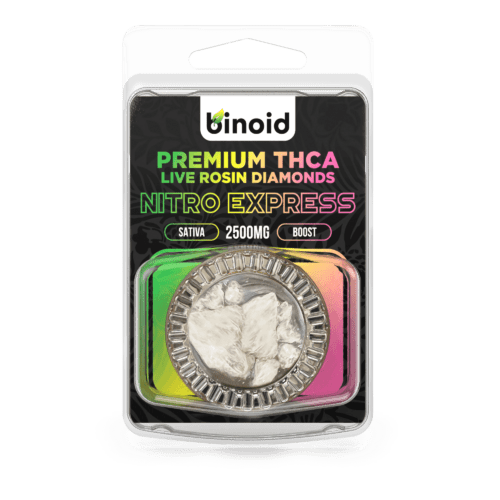 THCA Diamonds 2500mg – Live Rosin$37.99
THCA Diamonds 2500mg – Live Rosin$37.99$59.99
THCA’s Stability and Transformation
THCA is inherently unstable and sensitive to heat and light. Over time, exposure to these factors can cause THCA to gradually convert to THC, even without direct heating. This natural decarboxylation process highlights the importance of proper storage conditions for preserving THCA’s integrity.
To minimize degradation, cannabis products rich in THCA should be stored in a cool, dark environment. Specialized packaging, such as vacuum-sealed containers or amber glass jars, can help extend shelf life and retain THCA content.
The Science Behind THCA Products
Producing THCA products involves advanced extraction techniques to ensure purity and maintain its non-decarboxylated form. Methods include:
-
Solvent Extraction: Solvents like ethanol or CO2 are used to extract cannabinoids from plant material at low temperatures.
-
Winterization: This process removes plant lipids and waxes, isolating cannabinoids like THCA.
-
Crystallization: THCA can be refined into crystalline form, often referred to as “diamonds,” through careful control of pressure and temperature during extraction.
These methods result in high-purity THCA products that can be used in tinctures, oils, and concentrates.
The Role of Terpenes in THCA Products
THCA products often retain their natural terpene profiles due to low-temperature extraction processes. Terpenes are aromatic compounds in cannabis that contribute to its flavor and aroma. These compounds may also play a role in modulating the effects of cannabinoids, a phenomenon known as the “entourage effect”.
THCA Testing and Standardization
Modern cannabis testing laboratories use advanced analytical techniques to measure THCA content. Common methods include:
-
High-Performance Liquid Chromatography (HPLC): The preferred method for detecting THCA, as it does not require heating the sample and preserves the molecule in its acidic form.
-
Mass Spectrometry (MS): Often paired with HPLC for more detailed analysis of cannabinoid profiles.
Accurate testing ensures the purity, potency, and safety of THCA products.
THCA in Research: A Growing Area of Interest
Scientific interest in THCA is growing as researchers seek to understand its unique properties and interactions. Studies are exploring its potential applications in areas ranging from agriculture to pharmacology. This burgeoning field of research highlights the importance of cannabinoids like THCA in advancing our understanding of plant biology and human physiology.
One challenge in studying THCA is its instability. Again, because it readily converts to THC when exposed to heat or light, maintaining its integrity in laboratory settings requires careful handling and preservation techniques. This instability also affects how THCA is processed and consumed in various forms.
And as the cannabis industry evolves, THCA’s role is poised to expand. From raw consumption trends to specialized products, this cannabinoid is carving out a unique niche within the broader cannabis landscape. With continued research and innovation, THCA may unlock new possibilities for consumers seeking non-psychoactive cannabis experiences.
THCA Represents a Fascinating Frontier in the Science of Cannabis
While it shares a molecular lineage with THC, its unique properties and interactions with the human body set it apart. By delving into the biological and scientific sides of THCA, we gain a clearer picture of this cannabinoid’s potential. Be it via raw cannabis, specialized products, or continued research, THCA stands as a testament to the complexity and versatility of the cannabis plant.
To Buy THCA Products Click Here
-
Product on sale
 Super 7 UFS Disposable Vape – 7 Gram$63.99
Super 7 UFS Disposable Vape – 7 Gram$63.99$89.99 -
Product on sale
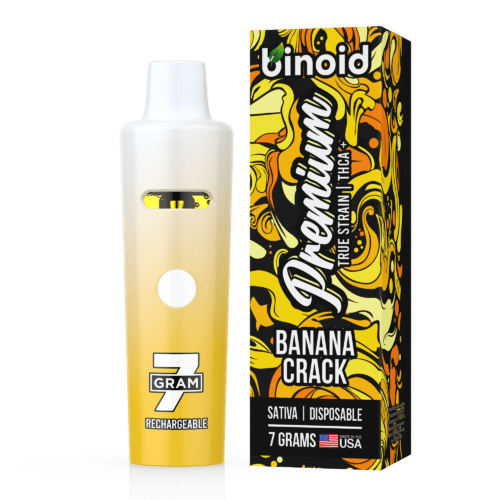 True Strain 7 Gram Disposable Vape$63.99
True Strain 7 Gram Disposable Vape$63.99$109.99 -
Product on sale
 7 Gram THCA Disposable Vape – Slush Series$61.99
7 Gram THCA Disposable Vape – Slush Series$61.99$99.99

